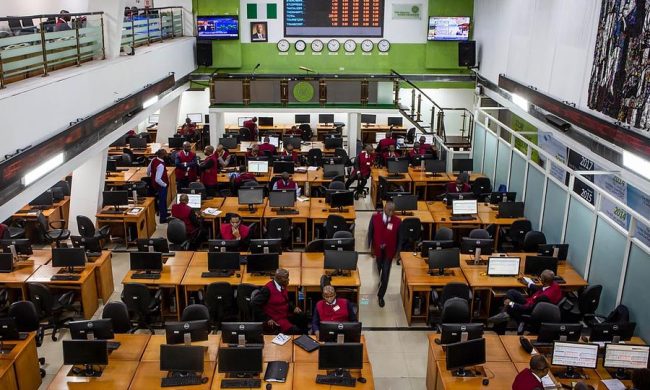Oil prices leaped on Wednesday , June 27, on a supply disruption in Canada, falling U.S. crude stocks, uncertainty over Libyan exports and after U.S. officials told importers to stop buying Iranian crude from November.
Brent crude LCOc1 was up 30 cents a barrel at $76.61 by 0800 GMT. U.S. light crude CLc1 was 25 cents higher at $70.78.
A supply outage at Syncrude in Canada has locked in 350,000 barrels per day (bpd) of crude, with repairs expected to last at least through July.
The fall in Canadian exports has helped drain supplies of heavy crude across North America and contributed to a major draw in U.S. crude oil inventories, analysts say.
The American Petroleum Institute (API) on Tuesday reported a much-higher-than-expected 9.2 million barrel reduction in U.S. crude inventories in the week to June 22 to 421.4 million barrels.
Analysts polled by Reuters had estimated, on average, that crude stocks fell about 2.6 million barrels last week.
Also keeping markets on edge was the risk of a disruption to oil supplies from the Africa and the Middle East.
In Libya, a power struggle between the official government and rebels has left it unclear who will handle the country’s oil exports, although as of Tuesday the oil ports of Hariga and Zueitina in eastern Libya were working normally.
The future of Iranian crude exports is unclear.
The United States has told all countries to stop importing Iranian oil from November, a State Department official said on Tuesday, as the Trump administration ramped up pressure on the Islamic Republic.
Trying to make up for disrupted supply, the Organization of the Petroleum Exporting Countries (OPEC) said late last week it would increase output.
Top exporter and de-facto OPEC leader Saudi Arabia plans to pump a record 11 million bpd in July, up from 10.8 million bpd in June, an industry source familiar with Saudi plans told Reuters on Tuesday.
Despite widespread international opposition to the U.S. stance on Iran, OPEC’s third biggest producer, oil analysts expect a significant impact on its exports, perhaps in excess of 1 million bpd.
Iran pumped 3.8 million bpd in May, Reuters’ monthly survey showed, Reuters reports.
Goldman Sachs said the planned unilateral U.S. sanctions against Iran would likely have a “high level of efficiency”.
“It is very unlikely the U.S. will succeed in ending Iranian oil sales on this timetable, but we are increasing our estimate of oil likely to come off the market by November to about 700,000 bpd — another bullish factor for prices,” said risk consultancy Eurasia Group.














